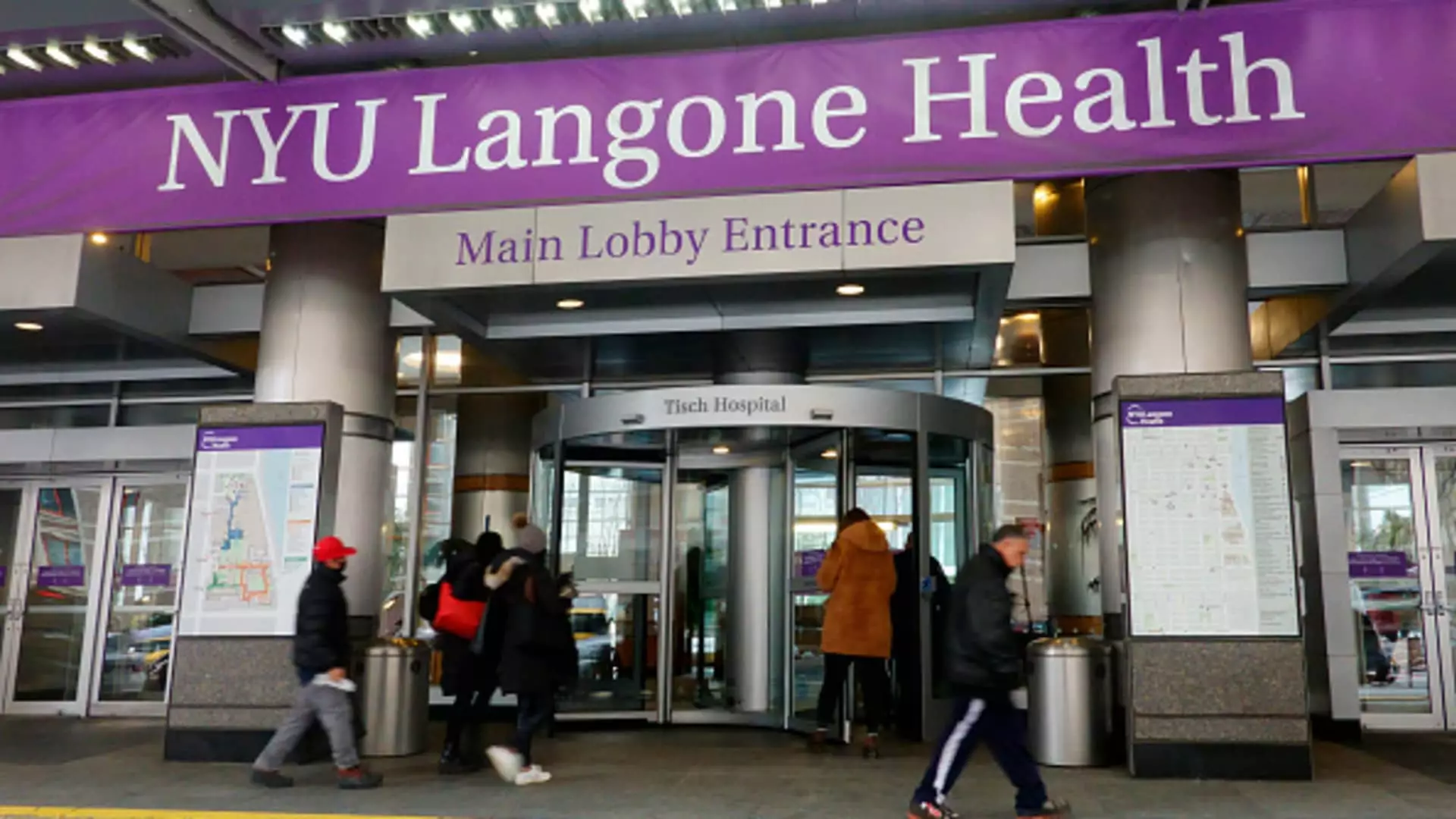In an age where student debt has reached astronomical heights, the announcement from New York University’s Grossman School of Medicine in 2018 that it would offer full-tuition scholarships to all students was hailed as revolutionary. However, behind this benevolent curtain lies a troubling reality. While the initiative promised to alleviate financial burdens for aspiring physicians, it inadvertently reinforced the systemic inequalities it aimed to dismantle. The number of applicants surged, but the percentage of incoming students from low-income backgrounds plummeted from 12% in 2017 to a mere 3% in 2019. This startling decline raises a key question: who truly benefits from such a program?
The intention behind tuition-free education is noble. The aim is to empower the best minds from all backgrounds by removing financial barriers. Yet, evidence suggests that these initiatives offer more advantage to the privileged rather than leveling the playing field. Jamie Beaton, the co-founder of Crimson Education, astutely observed that tuition-free programs can skew admissions in favor of middle- or higher-income applicants who are better positioned to access additional resources like tutoring and extracurricular activities. It begs the question: is removing tuition really enough to create an equitable educational system?
The Financial Aid Dilemma
As universities like Harvard, Vanderbilt, and MIT begin to implement similar tuition-free or no-loan models, the focus shifts to a growing trend that may inadvertently disadvantage lower-income students. Harvard’s newly proposed tuition-free policy for families earning up to $200,000 may open doors for a select group, but it does so at the cost of the very demographic that these programs were ostensibly designed to support. With students from wealthier households able to sustain higher engagement in extracurricular activities and gain access to elite college application consultants, the competitive landscape becomes distorted. The fallout is palpable: a decrease in opportunities for low-income candidates.
It is crucial to acknowledge the profound implications of increased application numbers. With more applicants vying for the same number of slots, the admissions process becomes even more competitive—a reality that disproportionately affects low-income students already sidelined by systemic barriers. As Eric Greenberg from the Greenberg Educational Group explains, the influx of applications can have a detrimental effect on those who exist on the economic margins, potentially shutting out qualified candidates who lack resources.
The Affordability Arms Race
Amidst the chaos, the broader issue of skyrocketing college tuition looms large. College tuition has increased at an alarming rate of 5.6% per year since 1983, far outpacing wage growth and inflation. The average cost of attending a private college is now around $58,600 per year, which leaves many families grappling with financial strain. In response, many elite institutions are engaging in what can be termed an “affordability arms race,” racing to offer packages that seem more generous than their competitors. Unfortunately, this race does not always translate into genuine access for low-income students.
Most institutions lack the financial sustainability to offer comprehensive aid packages or tuition-free programs, which raises questions about the long-term viability of these initiatives. Robert Franek from The Princeton Review highlights that more than 95% of four-year colleges in the U.S. are tuition-driven, meaning that their financial solvency relies significantly on tuition income. Despite the good intentions behind the tuition-free trend, it risks perpetuating a cycle of privilege while leaving the bulk of institutions unable to keep pace.
Misleading Costs vs. Reality
The dialogue surrounding affordability often obscures the fact that many institutions offer financial assistance that adjusts the “retail price.” James Lewis, co-founder of the National Society of High School Scholars, notes that students should not be bound by the sticker price, as institutions may provide scholarships, financial aid, or work-study opportunities that significantly defray costs. However, this creates a dizzying maze for students and families, particularly for those lacking experience in navigating the complexities of financial aid.
Ultimately, initiatives such as the one launched by NYU may not be the silver bullet that they initially seem. As we celebrate these noble efforts, we must also remain vigilant and critical of the underlying inequities they may inadvertently reinforce. The need for systemic reform in higher education has never been more urgent, as the very structures meant to promote inclusivity may in fact deepen existing disparities. In striving for a truly equitable educational landscape, it becomes paramount to re-evaluate the actual beneficiaries of these programs and seek ways to authentically level the playing field for all students.

